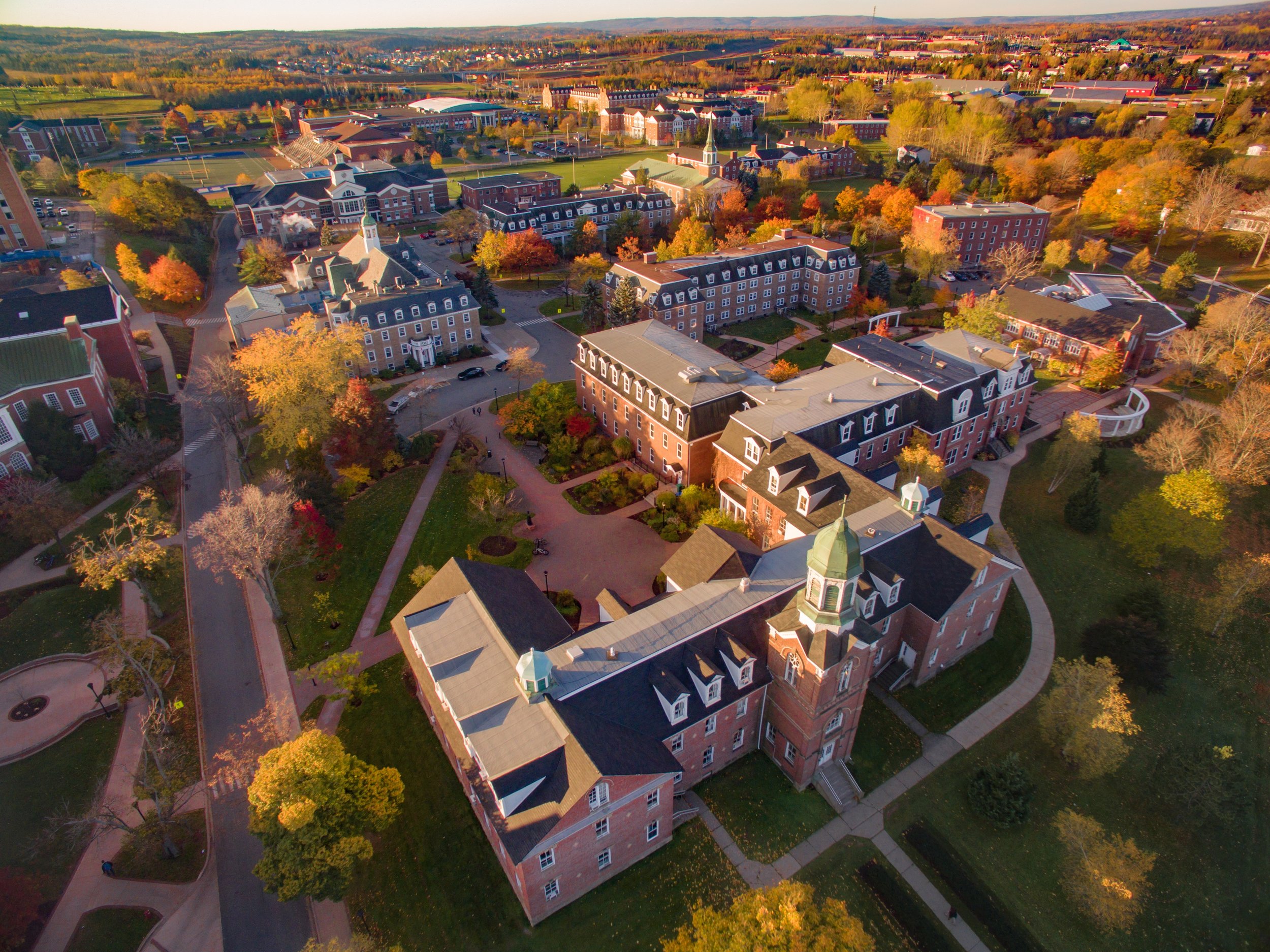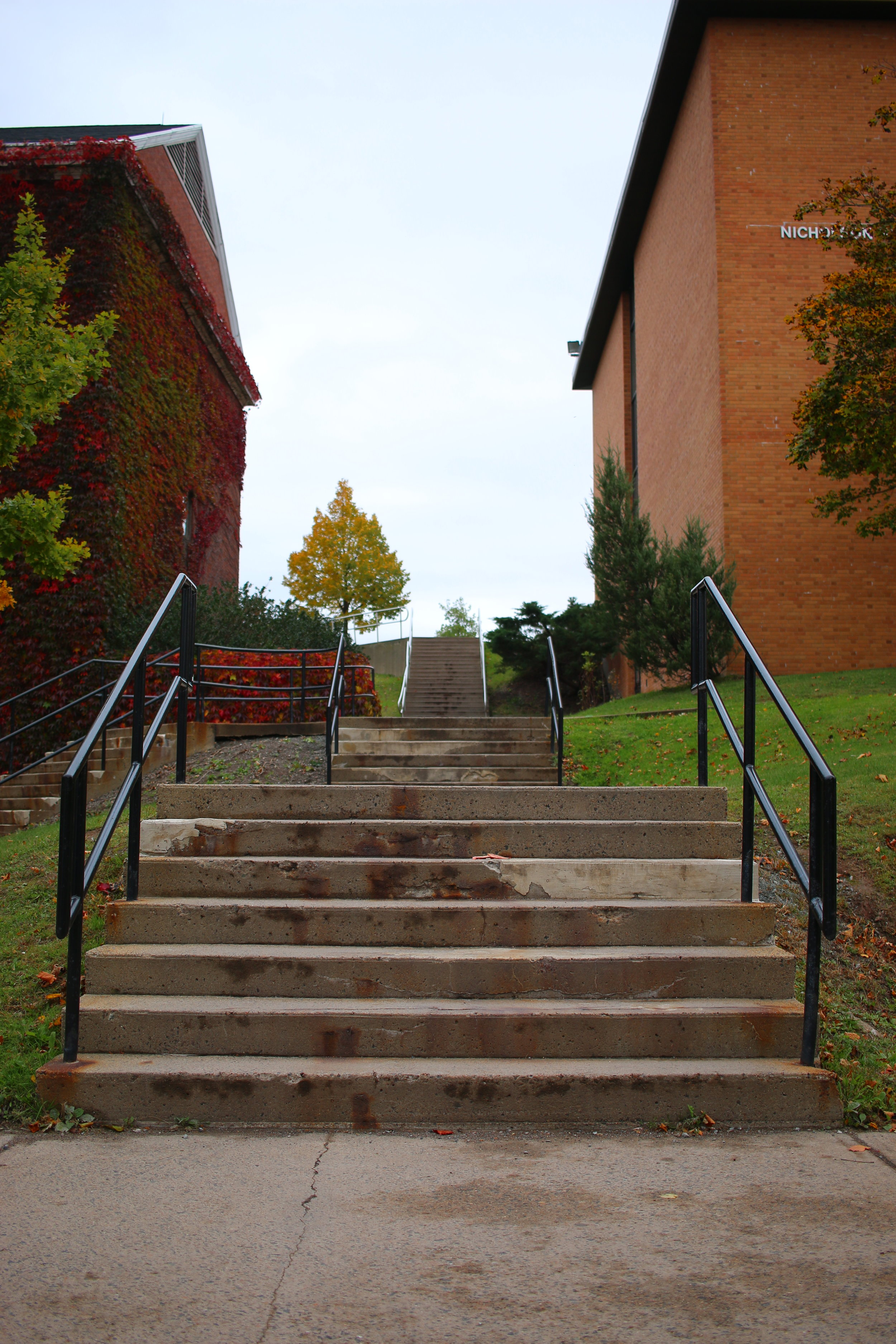Pragmatic Parking
/New fee for StFX students who stay on campus overnight
Parking is a troublesome thing on the StFX campus, and with the growing population of students who would prefer to drive themselves than walk, it is becoming increasingly difficult to find that perfect spot. The StFX security team has undergone some practices to curb the growing number of cars on campus by adding carpool spots and, most recently, parking tags. Last year, when registering for my tag, I spoke with security who told me this was a long-term plan to calculate the number of people who park on campus before implementing a parking fee. The idea being that a fee will discourage people from driving to campus while also earning the university a nice profit.
While I love the idea of fewer vehicles on the road, in Antigonish there is a population four times larger than the town that live in the county. Driving longer distances is the requirement for many of the locals, as well as students, and forcing them to pay an excess amount of dollars because of where they live is not fair. Current rent prices in the town are unsustainable for many students, and the result is many people moving out into the county or further from the town. Scheduling rides is possible, but not always practical. I live at home while going to school and if I were to share a ride with my mother, it would mean a 3 hour wait time for my classes, and anywhere from a 3 to 6 hour wait time for her while waiting for me to finish classes. While feasible, it’s not necessary when there are alternatives such as my own vehicle. There is a transit available but only on certain days and people must plan their day around it, if they can at all Unless the transit system becomes more comprehensive, the resulting fee is a larger force driving people away from campus.
Photo: Brendan Riley Photography
“It’s frustrating that we’re probably going to have to pay for parking, when there aren’t enough spots.” Says Kristen Meagher, a third-year business student. She goes on to explain that the difficulty is that the parking that is available isn’t near the associated buildings to her classes. In disbelief, Kristen states “I just can’t believe they’re going to make us pay for a spot that’s not even guaranteed, let alone it being where you want it to be.” No parking convenient to class location is a common complaint among students; the entire parking system is rigged that unless you are in residence, you are required to park a sizeable walk from your class, which can also be difficult for people with health issues.
This year security has implemented an overnight parking charge of $250 for the full academic year or $150 for a single term. Security emphasizes that they are trying to create a “pedestrian-friendly campus” but fail to explain how an overnight charge helps to create that environment. The student population is most active in the streets during daytime hours, and so the nightly charge appears to just be an extra expense to students who are already paying great sums to live on campus. The only promotion an overnight pass creates is that the lots surrounding a building are given to residents rather than potential guests; however, given the limited number of spaces, it is no guarantee that a resident will still be close to their building. In the past, protests have been made to establish the demand for parking across campus, but to no avail.
StFX and their security team need to begin listening to their students and either make the university more accessible or begin to provide the services that are being requested and demanded from them. If they begin to issue charges for parking tags, then spaces should be guaranteed so that students are ensured spots close to the buildings relevant to them. If students can’t park on campus, then they will be forced to park in the business lots surrounding the school, and the walk isn’t much different. This movement outside of campus could cause disruption with local businesses and the town itself, and then StFX will have more than just the students to deal with.




































